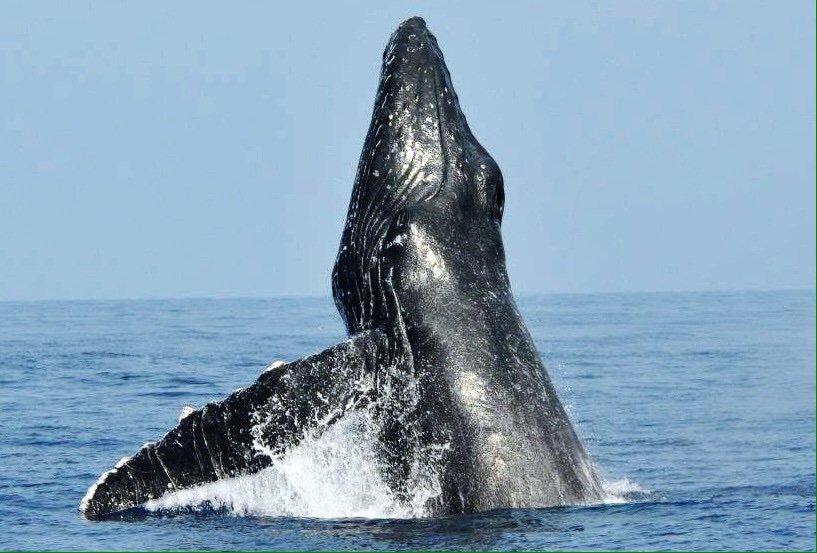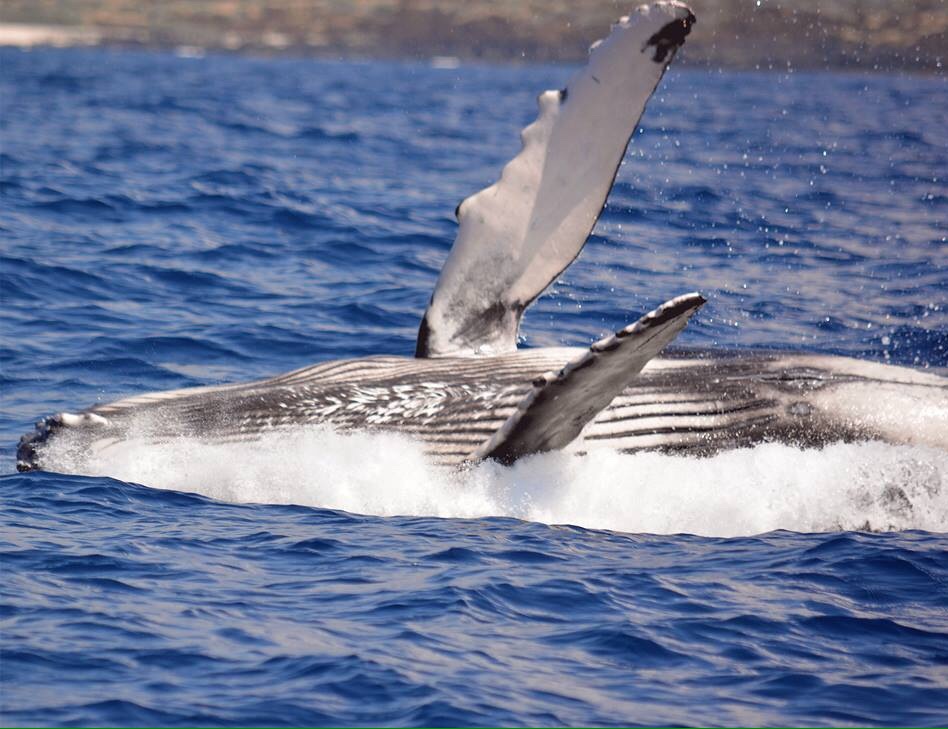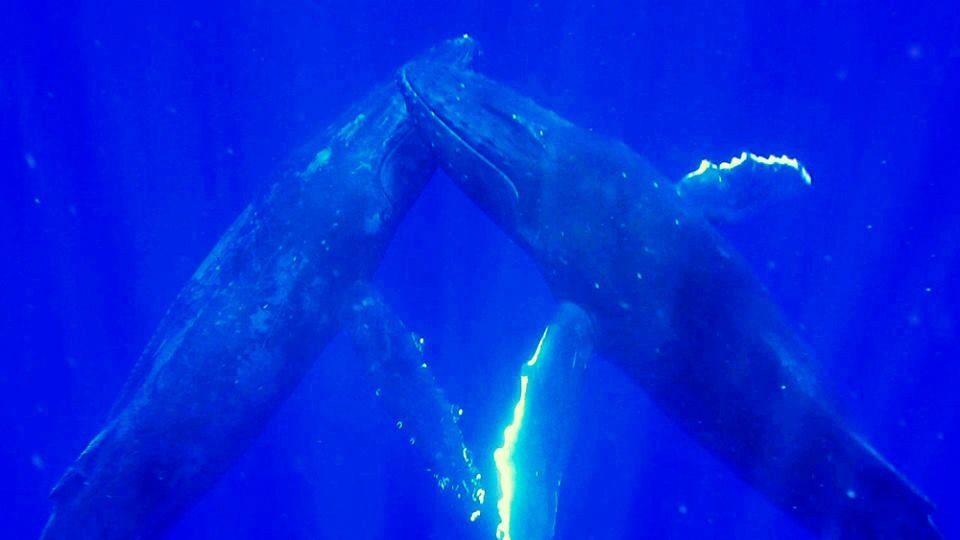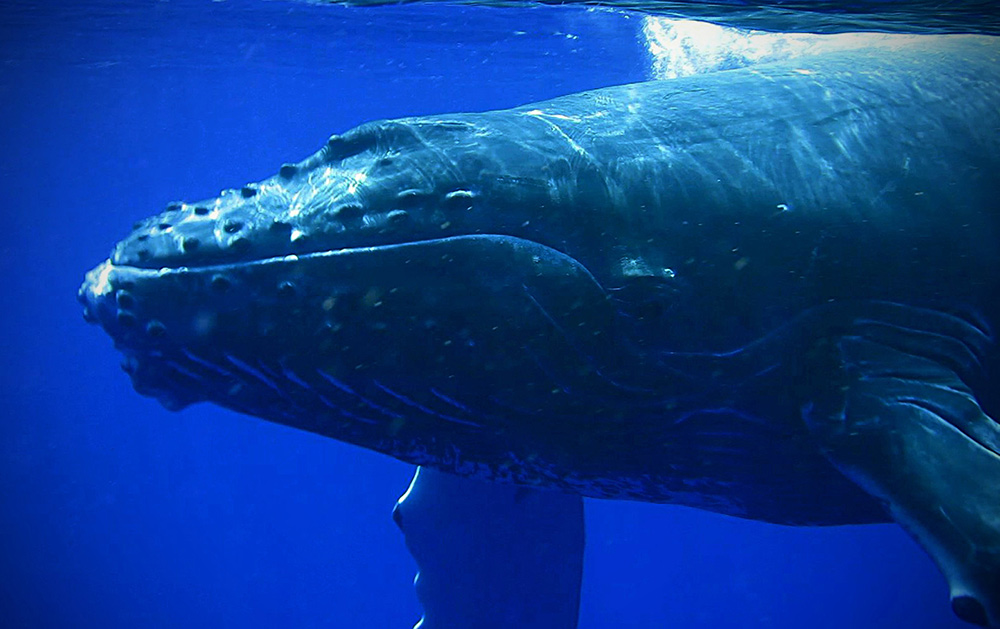MIGRATION
The North Pacific Humpback whales that you see on a Hawaii whale watching trip spend the summer in temperate waters from the Aleutian Islands of Alaska to the Farallon Islands off the coast of central California. During the colder winter months, November to May, the majority of the North Pacific stock is found in the warm waters of Hawaii where they breed, calve, and nurse their young. The remaining Humpback whales are found off the coast of Baja California, Mexico, and throughout the islands south of Japan. In the South Pacific, Humpbacks feed near Antarctica in the austral summer, November to May, and spend the austral winter, June to October, breeding off east Australia and South Pacific Islands. Consequently, researchers believe northern and southern stocks do not intermingle.
Humpback whales are not fast swimmers. While they can attain speeds of 20 mph for brief periods, they average three to six mph – and you will see this behavior out on one of our whale watching trips. How long it takes to travel the more than 3,500 miles between the feeding and breeding areas is not known. Timing of the migratory cycle ensures that pregnant females and mothers with newborn calves spend the majority of their time in the relatively warm waters of Hawaii.
Some migration of individual Humpback whales between breeding areas has been discovered. Whales photographed in Hawaii one year have been observed in Mexico and south of Japan in other years. One Humpback whale was observed in both Mexico and Hawaii during the same winter!






